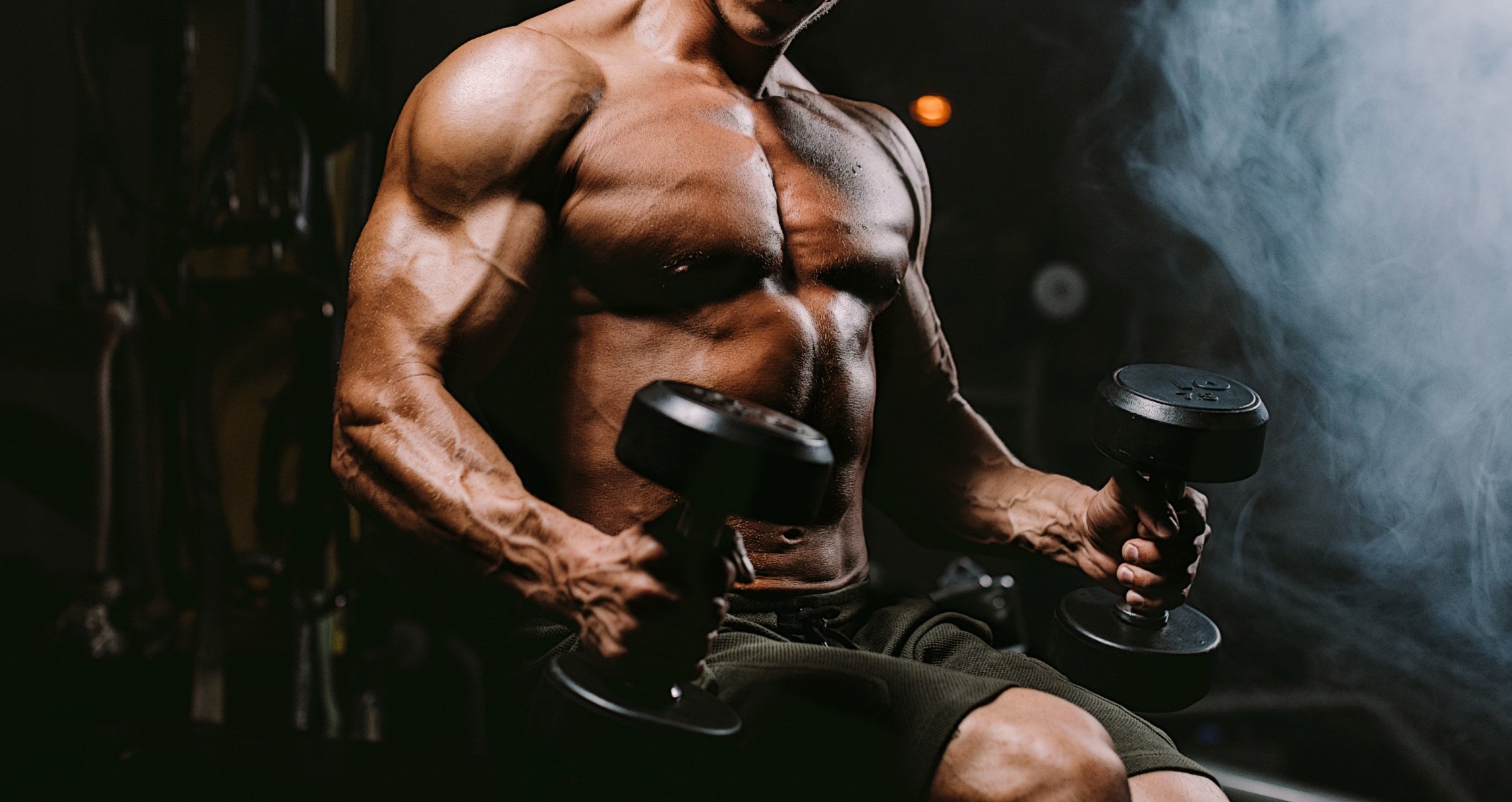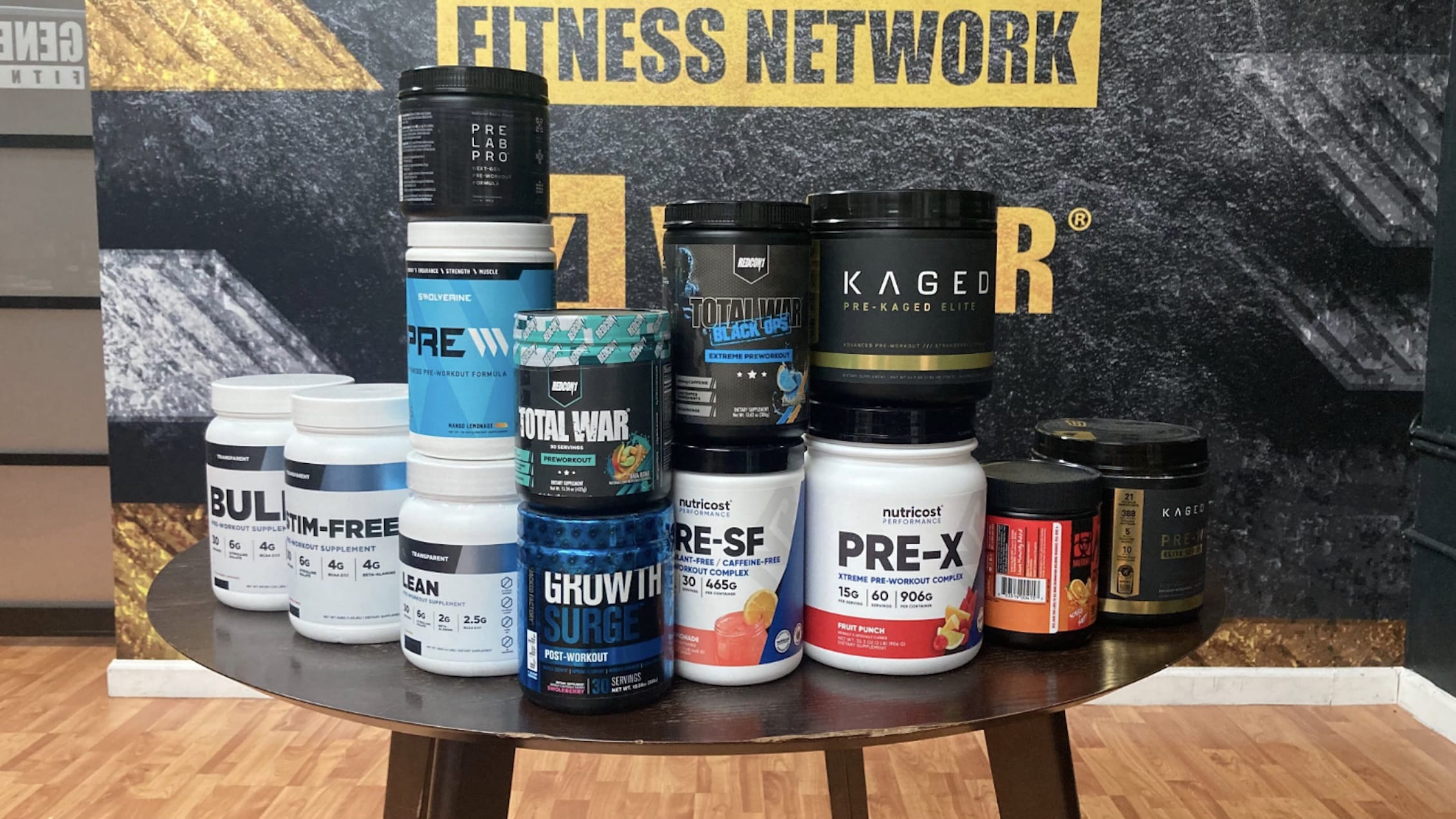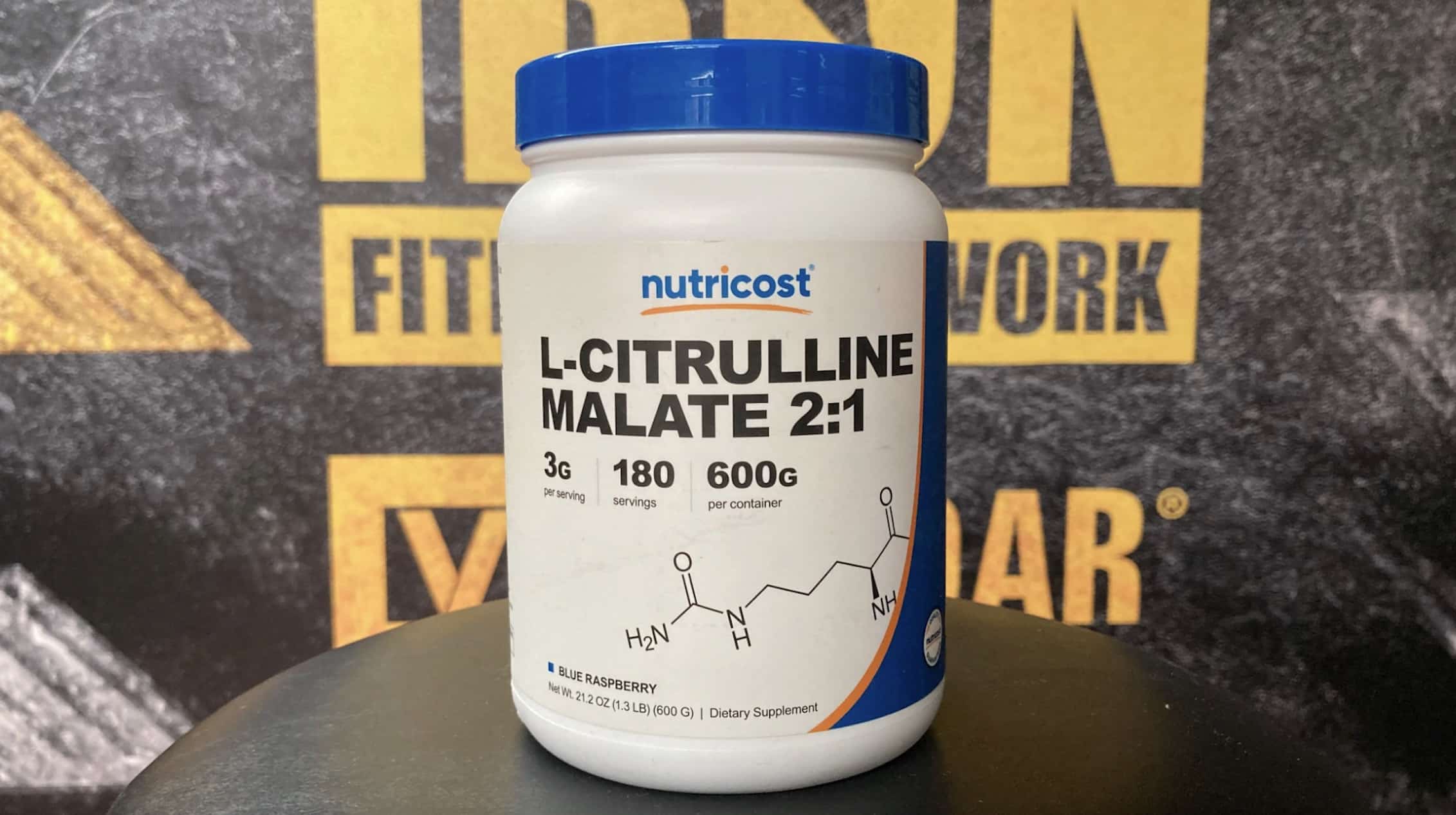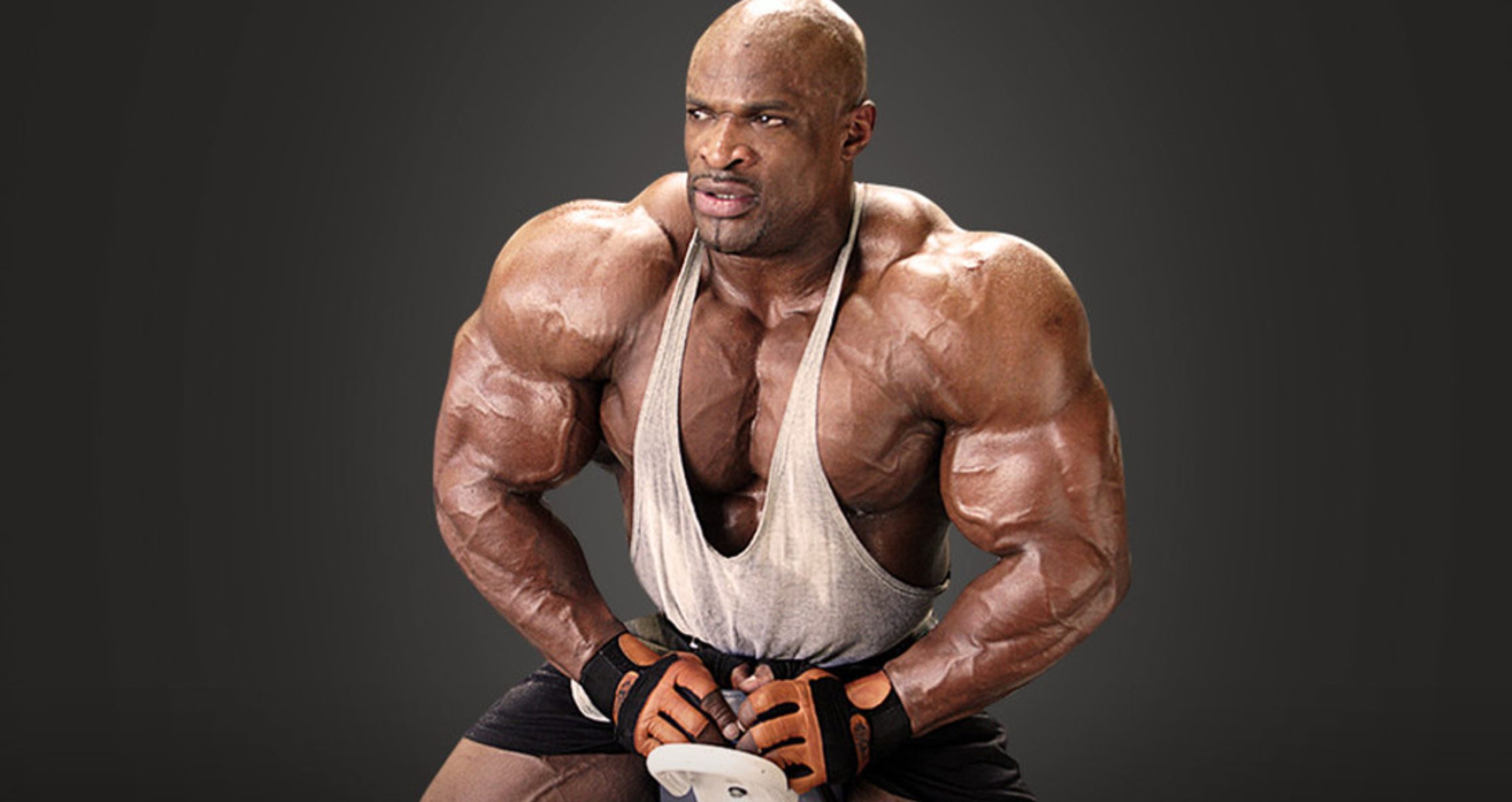Ultimate Guide to Strengthening Your Oblique and Core Muscles
If you’re looking to sculpt your waistline, define your abs, and build a strong, stable core, oblique crunches are one of the most effective bodyweight exercises to include in your fitness routine. Oblique crunches specifically target the side abdominal muscles, known as the obliques, which are responsible for torso rotation and lateral flexion.
Whether you’re training for aesthetic goals, athletic performance, or improved functional strength, this no-equipment ab exercise can be done anywhere—making it a perfect addition to your home or gym workouts.
Our team at Generation Iron is going to break down how to do oblique crunches correctly, tips for maximum results, variations to increase intensity, and alternative exercises to keep your ab routine fresh and challenging.
How to Do Oblique Crunches – Step-by-Step Instructions
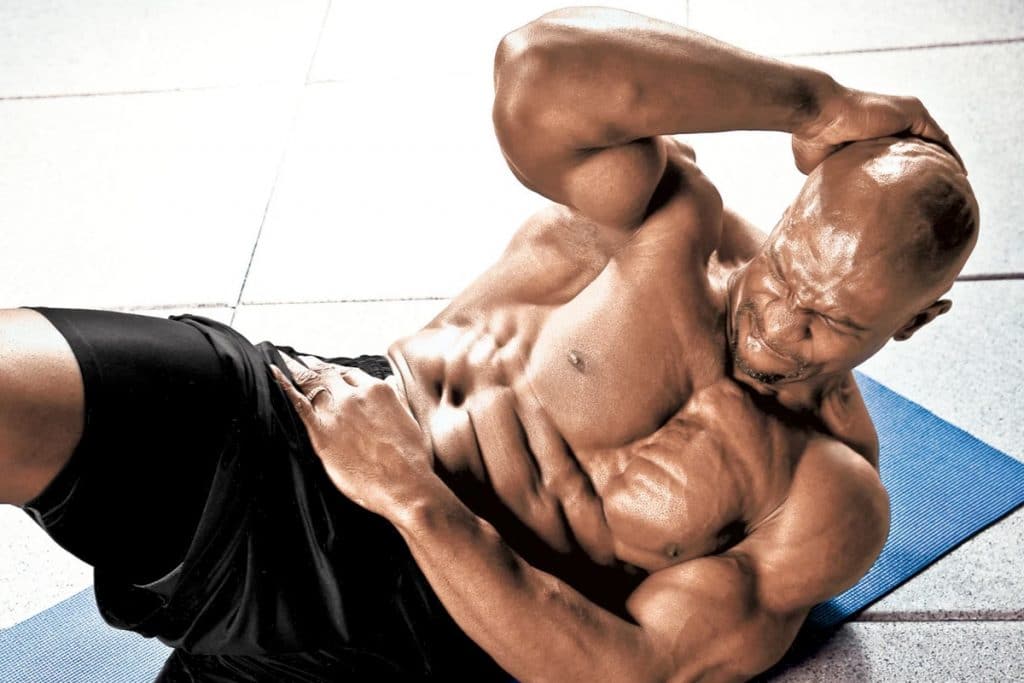
Let’s break down how to do oblique crunches.
Muscles Worked
- Primary: Obliques (Internal and External)
- Secondary: Rectus Abdominis (Six-Pack Muscles), Transverse Abdominis
Equipment Needed
- None (Bodyweight Only)
Follow these detailed steps to perform oblique crunches with proper form and technique:
- Set Up Your Starting Position
Lie down on your back on a comfortable surface, such as a yoga mat. Bend your knees and elevate your lower legs by resting your feet on a flat surface like a bench, chair, or low table. Your thighs should be perpendicular to the floor. - Position Your Hands
Place your right hand lightly behind your head to support your neck. Keep your left arm relaxed by your side or extended on the floor for balance. - Engage and Crunch
Inhale to prepare. As you exhale, engage your core and perform a twisting motion by lifting your upper body and bringing your right elbow toward your left knee. Focus on using your abdominal muscles—especially the obliques—to initiate the movement. - Hold and Squeeze
At the top of the crunch, pause for a second and contract your obliques. Feel the side of your waist working as you hold the peak contraction. - Lower Down with Control
Slowly lower your upper body back to the floor while inhaling. Do not let your shoulders fully rest—keep some tension in your core. - Repeat and Switch Sides
Complete the desired number of reps on one side, then switch hand positions and perform the same motion on the opposite side to evenly target both sets of oblique muscles.
Pro Tips for Better Oblique Crunches
- Avoid Neck Strain: Keep your head in a neutral position and avoid pulling with your hand. Let your abs do the work.
- Slow and Steady Wins: Perform each rep with control to maximize muscle activation and reduce the risk of injury.
- Breathe Properly: Exhale as you crunch up, and inhale as you return to the start.
Oblique Crunch Variations – Make It Harder
Want to increase the challenge and keep progressing? Try these variations:
- Weighted Oblique Crunches: Hold a small dumbbell or medicine ball against your chest while crunching.
- Slow Tempo Crunches: Slow down the movement and pause longer at the top to intensify the burn.
- Feet in the Air: Keep your legs elevated and straight for added core stability demands.
Alternative Ab Exercises That Target the Obliques
Mix up your core routine with these great alternatives that also work the oblique muscles:
- Cross-Body Crunches: A similar motion performed without foot elevation.
- Russian Twists (Plate Twists): Great for rotational core strength using a weight plate or medicine ball.
- Bicycle Crunches: Combines oblique twisting with leg movement for a dynamic core workout.
- Traditional Sit-Ups with a Twist: Add a twist at the top of the sit-up to engage the sides of your abs.
Final Thoughts
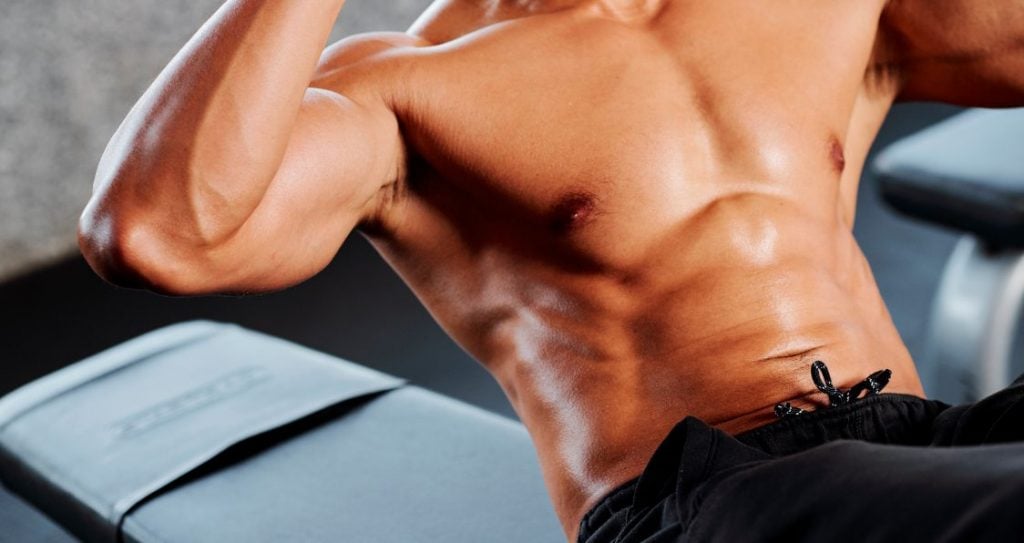
Oblique crunches are a beginner-friendly yet powerful core exercise that helps strengthen and tone your midsection, improve balance and posture, and support overall functional fitness. Incorporate them 2–3 times per week into your ab workouts to see consistent progress. Pair this exercise with proper nutrition and a full-body fitness routine for the best results.
Let us know what you think in the comments below. Also, be sure to follow Generation Iron on Facebook, Twitter, and Instagram.


